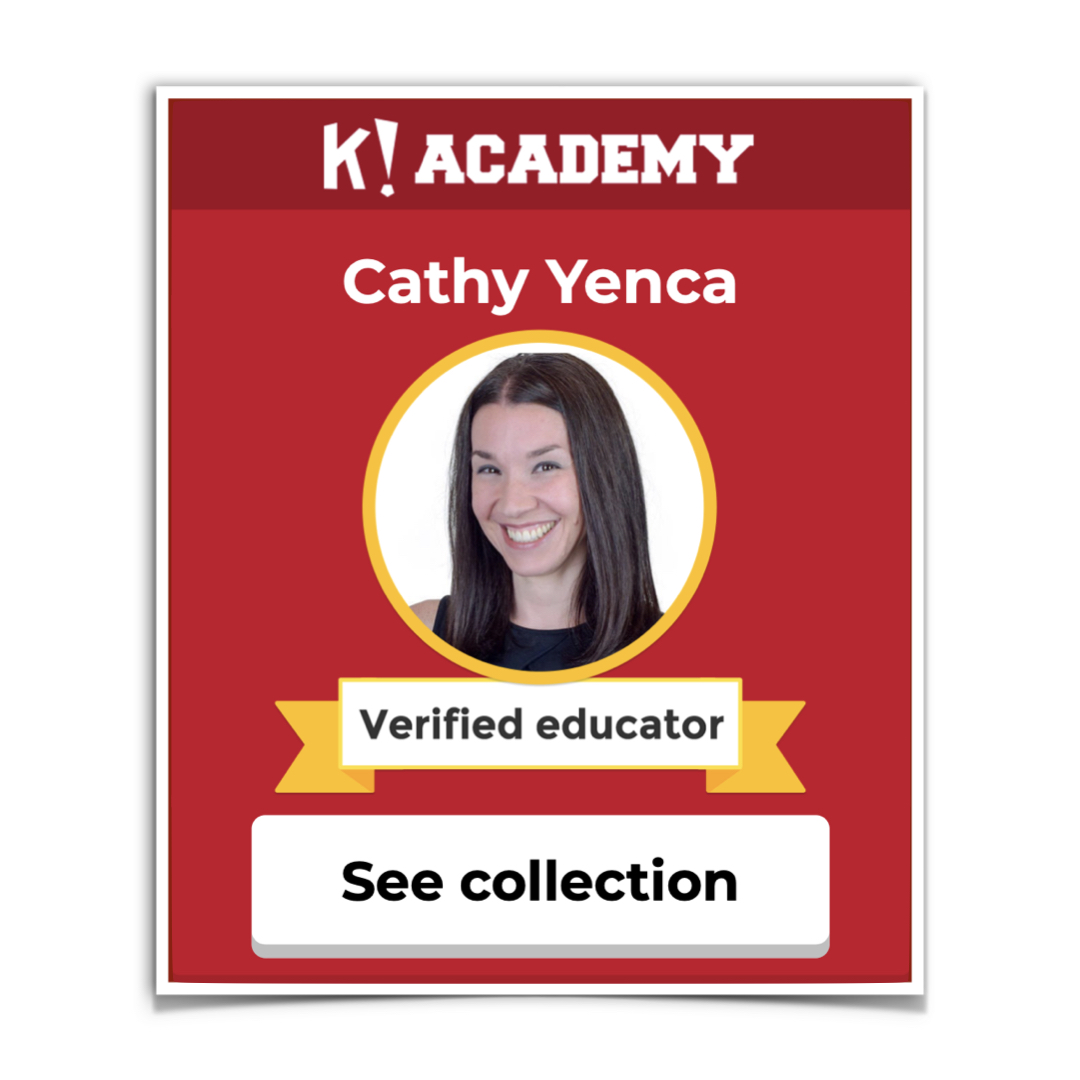These days, it’s only natural for teachers to do a web search for an upcoming teaching topic to see if someone out there has already invented that wheel. Many times, that web search results in a wonderful or almost-there resource or lesson idea that aligns to curriculum standards while engaging and challenging our students.
And sometimes, the results might make you mad.
Earlier this week, I searched for “zero and negative exponents” and found this video.
“Let’s do a magic trick.” Really? SMH https://t.co/c59ZBPXr66
— Cathy Yenca (@mathycathy) September 13, 2016
In the defense of the video-makers here, there are additional videos, but I didn’t take the time to find them in that moment. Instead, I only saw the “magic trick” video at 6:16pm and was immediately fueled to create something that would help students explore mathematics, not “magic”. (Made me wonder… how many students or teachers out there ONLY saw THIS video as well?)
Within hours, I created this. Because I had to. I couldn’t let this go. I wouldn’t have been able to sleep! I had to create something to counter that video!
Check out @Desmos activity: Zero and Negative Exponents ! https://t.co/YTVedYtkes Giving this a whirl tomorrow – feedback welcome! #MTBoS
— Cathy Yenca (@mathycathy) September 14, 2016
I always start in Keynote, creating slides that hone in on what I want my students to be doing and exploring. Next, I choose the platform for the activity – where these Keynote creations will live. That usually lands me in Nearpod or Desmos Activity Builder, since both enable teachers to ask students questions as well as provide students with an opportunity to “Draw” or “Sketch” throughout their journey. I opted for Activity Builder this time, because I wanted student sketches to “duplicate” from slide to slide, so that they could see their work as they answered the next question. I learned that Desmos Sketches don’t yet duplicate in this way, but they’re working on it!
I’ll admit it… I used this Activity in class the very next day! I had patterning questions prepared in Socrative from years past, but the Activity Builder platform gives students so many more opportunities. (P.S. It’s nice to have taught courses with new TEKS so that this year isn’t a survival year, but an improve-what-we-made-during-survival years instead. WHEW! And all the Texas math teachers said… AMEN!)
How’d it go? Really well! Check out a few screenshots from our non-magic explorations together! 





*** September 2019 UPDATED DESMOS ACTIVITY LINK, thanks to clever edits added by Ella Hereth! ***
Knowing students might need a reminder later, I created a #mathygram and sent it as a Google Classroom Announcement. I’ve been using the “Animator” app to create short, silent “flip-books” as a means of reinforcing topics or addressing misconceptions I saw DURING class, AFTER class. Students receive an alert in Google Classroom that they’ve just received a #mathygram.
Maybe it’s time for #Mathygram180? 🙂
One more thing!
As I logged into teacher.desmos.com to view student work for this post, I noticed a few “gifts” from Team Desmos!!! WHAAAA?????? 🙂 🙂 🙂 YESSSSSSSSS!

















Pingback: Teaching for Tricks or Sensemaking – dy/dan
This is precisely what I was looking for!! Thanks so much.
Excellent activity! I love the way students described the patterns that they observed.